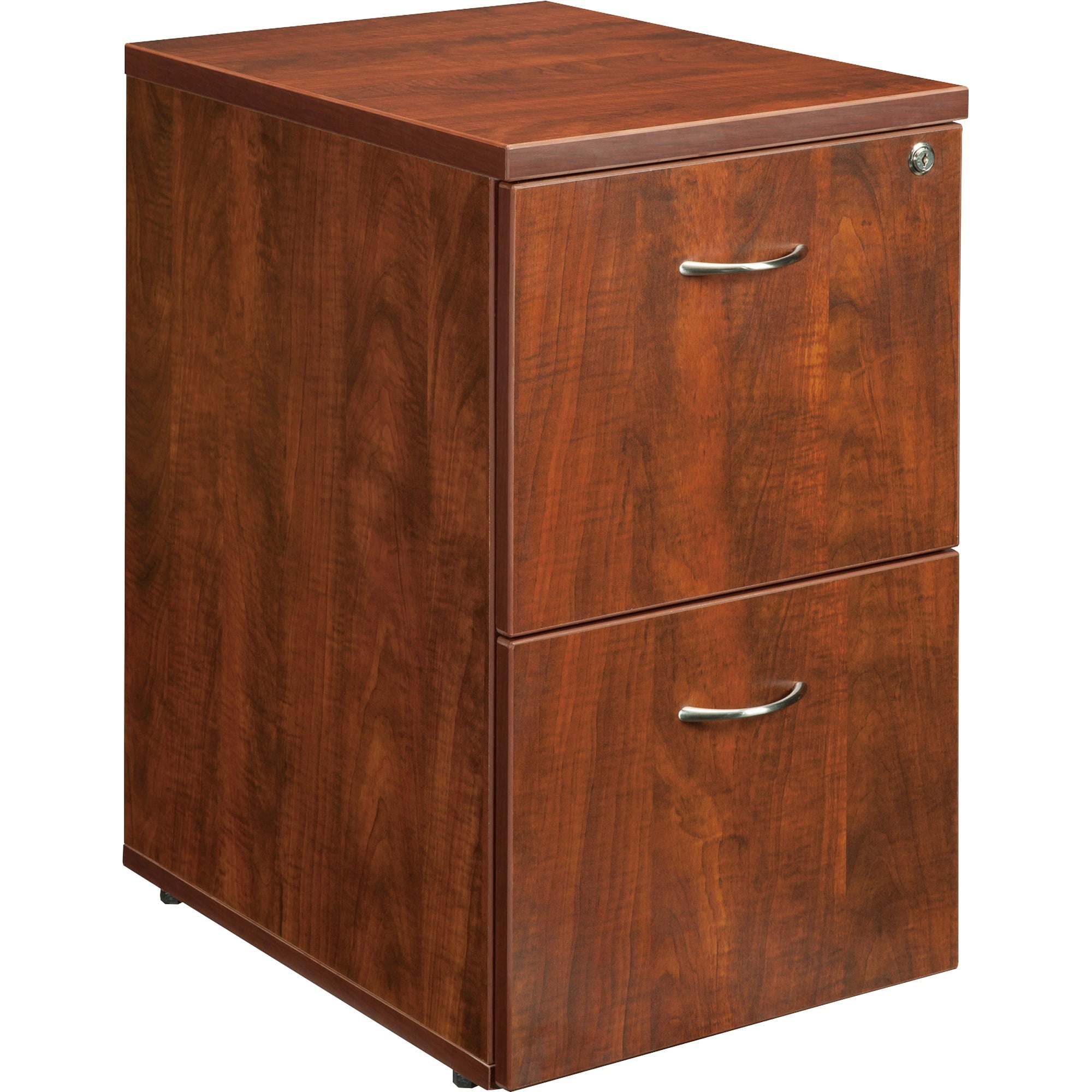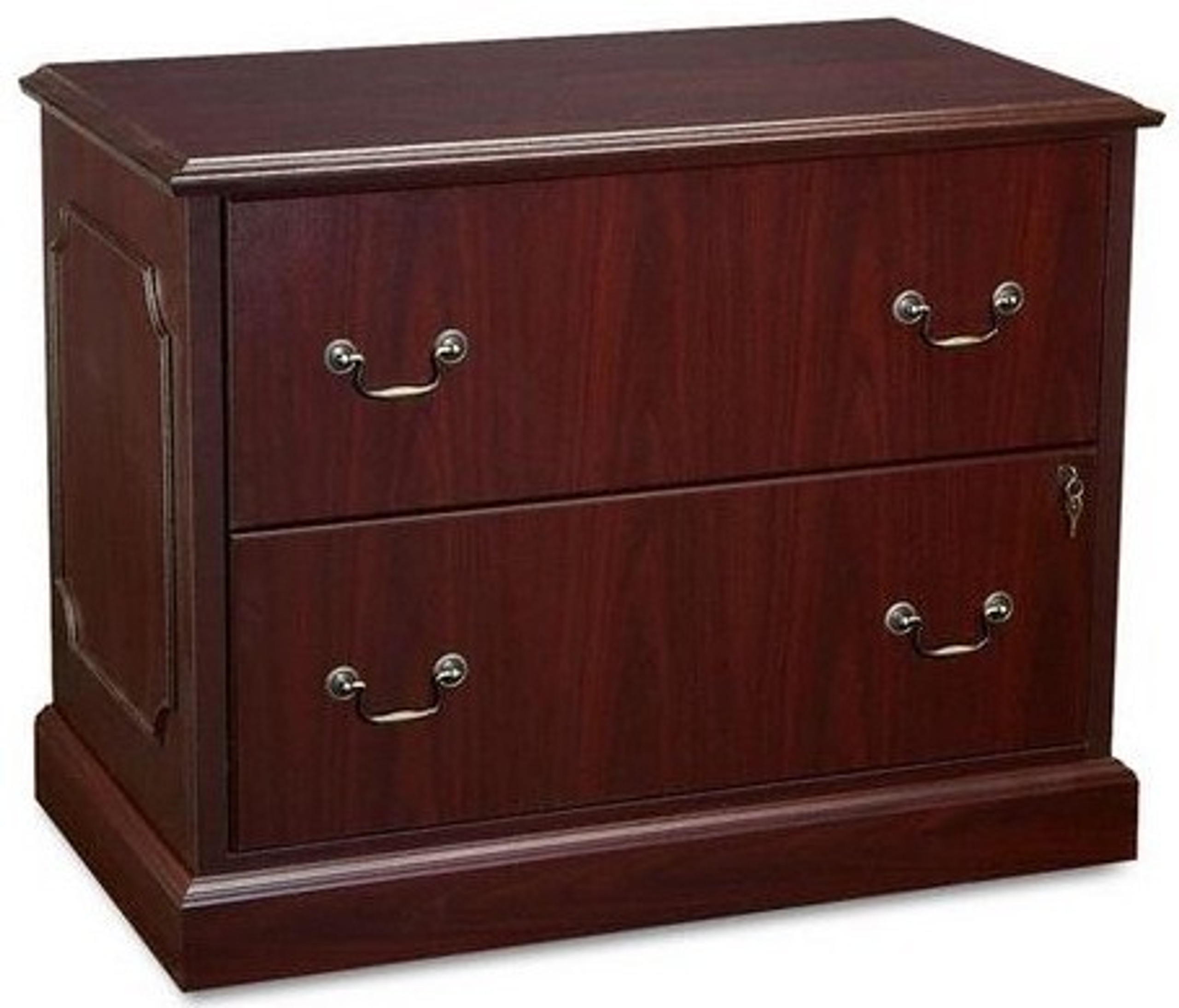Practical Applications and Use Cases: 2 Door Wooden File Cabinet

A two-door wooden file cabinet offers a tangible and readily accessible method for organizing personal documents, contrasting sharply with the often less reliable and potentially vulnerable nature of digital storage. While both methods have their merits, understanding their respective strengths and weaknesses is crucial for effective document management.
The benefits of a physical filing system, such as a wooden file cabinet, include immediate access to documents without the need for technology or internet connectivity. This is particularly valuable for sensitive information or in situations where technology is unavailable. The tactile nature of handling physical documents can also aid memory retention and provide a sense of order and control. Conversely, digital storage offers scalability, ease of searching, and the ability to share documents remotely. However, reliance on technology introduces vulnerabilities to data loss through hardware failure, software glitches, or cyberattacks. Furthermore, the long-term accessibility of digital files depends on ongoing maintenance and the potential obsolescence of file formats.
Home Office Setup Incorporating a Two-Door Wooden File Cabinet
Integrating a two-door wooden file cabinet into a home office setup can significantly enhance organization and efficiency. A well-designed workspace should prioritize both functionality and aesthetics. The cabinet can serve as a central point for storing essential documents and supplies, freeing up desk space for more active work.
Consider placing the cabinet against a wall, perhaps alongside a similarly styled wooden desk and bookshelf. A comfortable office chair and good task lighting are also essential. For enhanced organization within the cabinet, use labeled file folders and dividers to categorize documents by type and date. Regular purging of outdated files will maintain efficiency.
- Essential Office Supplies for the Cabinet: Pens, pencils, stapler, hole punch, paper clips, sticky notes, scissors, ruler, calculator, and a small desk lamp for improved visibility when working with the cabinet’s contents.
Comparison of Filing Systems
A two-door wooden file cabinet, lateral file cabinets, and electronic document management systems (EDMS) each offer unique functionalities. The two-door cabinet provides straightforward, readily accessible physical storage, ideal for frequently used documents. However, it lacks the search capabilities and scalability of a lateral file cabinet, which allows for more efficient horizontal storage of files. EDMS, on the other hand, provides the most advanced search and retrieval functions, along with the ability to share and collaborate on documents remotely. However, EDMS requires technical expertise, ongoing maintenance, and poses risks associated with data security and potential system failures. The optimal choice depends on individual needs and priorities, considering factors such as budget, document volume, and security concerns.
Maintenance and Care

Proper maintenance is crucial for preserving the beauty and functionality of your two-door wooden file cabinet. Regular cleaning and attention to environmental factors will significantly extend its lifespan and prevent damage. This section details the necessary steps for maintaining your cabinet’s quality.
Cleaning and Maintenance Procedures, 2 door wooden file cabinet
Cleaning your wooden file cabinet should be a regular practice. Begin by dusting the entire surface with a soft, dry cloth or a microfiber duster. This removes loose dust and debris. For more stubborn dirt or grime, dampen a cloth slightly with a mild, wood-friendly cleaner – avoid harsh chemicals or abrasive cleaners. Gently wipe the cabinet’s surface, paying attention to crevices and handles. Always test any cleaner on an inconspicuous area first to ensure it doesn’t damage the finish. After cleaning, dry the cabinet thoroughly with a clean, soft cloth to prevent water stains. For more intricate carvings or details, use a soft-bristled brush to remove dust from hard-to-reach areas. To polish the cabinet, consider using a high-quality wood polish designed for the type of wood your cabinet is made from, following the manufacturer’s instructions. Regular polishing enhances the wood’s natural luster and protects it from environmental damage.
Addressing Scratches and Stains
Minor scratches can often be repaired with wood filler designed to match your cabinet’s finish. Apply the filler according to the manufacturer’s instructions, allowing it to dry completely before sanding it smooth. Then, carefully apply a touch-up paint or stain that closely matches the cabinet’s existing finish. For more significant scratches or damage, professional restoration may be necessary. Stains, depending on their nature, might require different approaches. For water stains, try gently wiping the area with a slightly damp cloth and allowing it to air dry. For ink or other stains, a specialized wood cleaner or stain remover may be required; again, always test in an inconspicuous area first.
Ventilation and Environmental Control
Proper ventilation is key to preventing warping and damage. Avoid placing the cabinet in direct sunlight or near sources of heat, such as radiators or fireplaces. These can cause the wood to dry out and crack. Similarly, excessive humidity can lead to warping and mold growth. Maintain a consistent temperature and humidity level in the room where the cabinet is located. Consider using a dehumidifier in damp climates or a humidifier in dry climates to regulate the environment. Leaving a small gap between the cabinet and the wall allows for better air circulation. Regularly check the cabinet for any signs of warping or damage and address any issues promptly.
Common Problems and Solutions
Maintaining a wooden file cabinet involves proactively addressing potential issues. The following table Artikels common problems and their corresponding solutions:
| Problem | Solution |
|---|---|
| Warping | Adjust room humidity levels; consider professional restoration if severe. |
| Scratches | Use wood filler and touch-up paint; for deep scratches, consult a professional. |
| Stains | Use appropriate wood cleaner or stain remover; test in an inconspicuous area first. |
| Loose Drawers/Doors | Tighten screws or use wood glue to reinforce joints; consider professional repair if necessary. |
| Mold/Mildew | Clean with a solution of bleach and water (diluted); ensure proper ventilation to prevent recurrence. |
